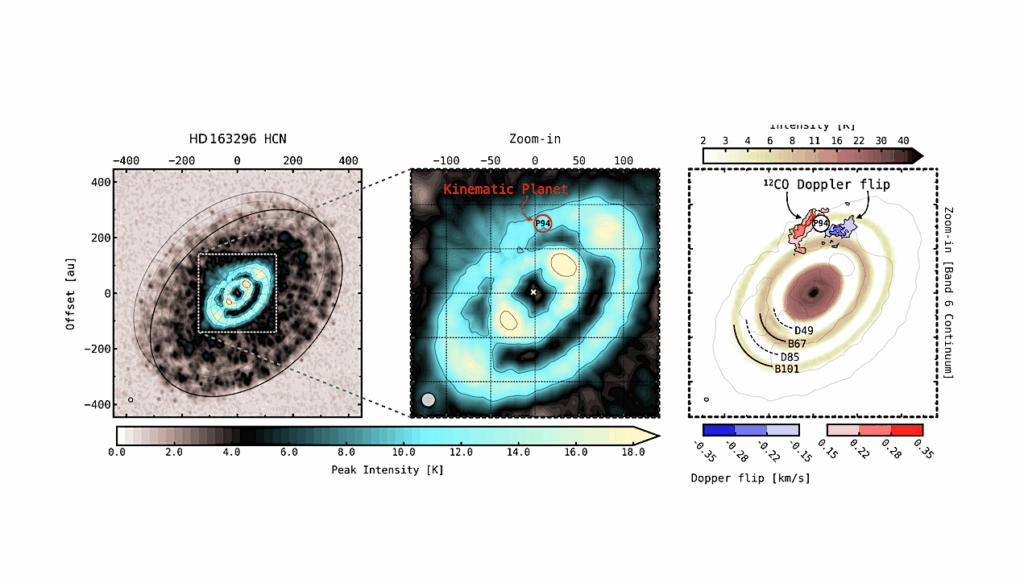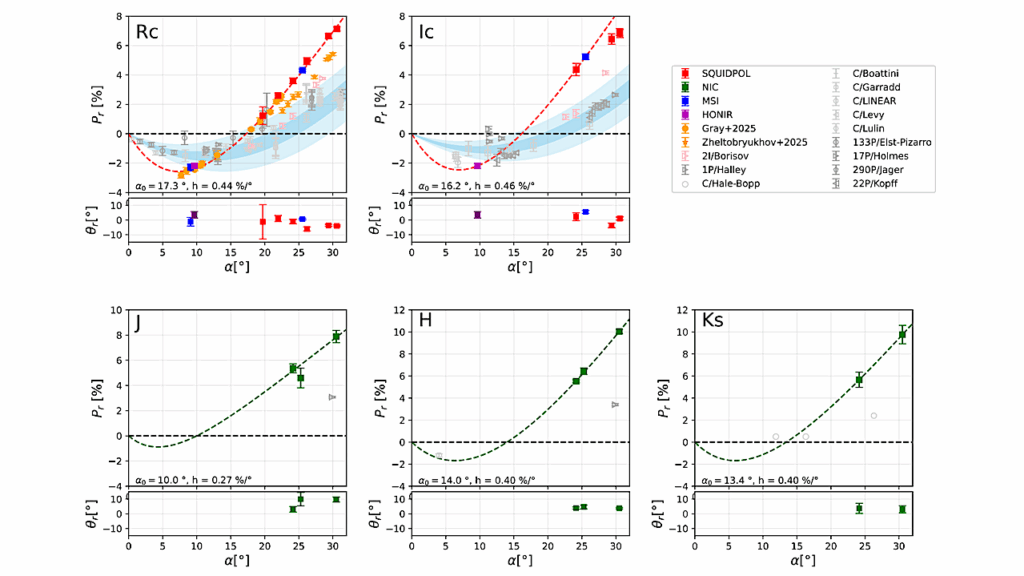The Sun Remains Relatively Refractory Depleted: Elemental Abundances for 17,412 Gaia RVS Solar Analogs and 50 Planet Hosts

The elemental abundances of stars, particularly the refractory elements (e.g., Fe, Si, Mg), play an important role in connecting stars to their planets.
Most Sun-like stars do not have refractory abundance measurements since obtaining a large sample of high-resolution spectra is difficult with oversubscribed observing resources.
In this work we infer abundances for C, N, O, Na, Mn, Cr, Si, Fe, Ni, Mg, V, Ca, Ti, Al, and Y for solar analogs with Gaia RVS spectra (R=11,200) using the Cannon, a data-driven method. We train a linear model on a reference set of 34 stars observed by Gaia RVS with precise abundances measured from previous high resolution spectroscopic efforts (R > 30,000–110,000).
We then apply this model to several thousand Gaia RVS solar analogs. This yields abundances with average upper limit precisions of 0.04–0.1 dex for 17,412 stars, 50 of which are identified planet (candidate) hosts. We subsequently test the relative refractory depletion of these stars with increasing element condensation temperature compared to the Sun. The Sun remains refractory depleted compared to other Sun-like stars regardless of our current knowledge of the planets they host. This is inconsistent with theories of various types of planets locking up or sequestering refractories.
Furthermore, we find no significant abundance differences between identified close-in giant planet hosts, giant planet hosts, and terrestrial/small planet hosts and the rest of the sample within our precision limits. This work demonstrates the utility of data-driven learning for future exoplanet composition and demographics studies.
Rayna Rampalli, Melissa K. Ness, Graham H. Edwards, Elisabeth R. Newton, Megan Bedell
Comments: 24 pages, 10 figures, 4 tables, 1 appendix. Accepted in ApJ. Tables 1 and 2 available upon request
Subjects: Solar and Stellar Astrophysics (astro-ph.SR); Earth and Planetary Astrophysics (astro-ph.EP)
Cite as: arXiv:2402.16954 [astro-ph.SR] (or arXiv:2402.16954v1 [astro-ph.SR] for this version)
Submission history
From: Rayna Rampalli
[v1] Mon, 26 Feb 2024 19:00:06 UTC (9,443 KB)
https://arxiv.org/abs/2402.16954
Astrobiology








